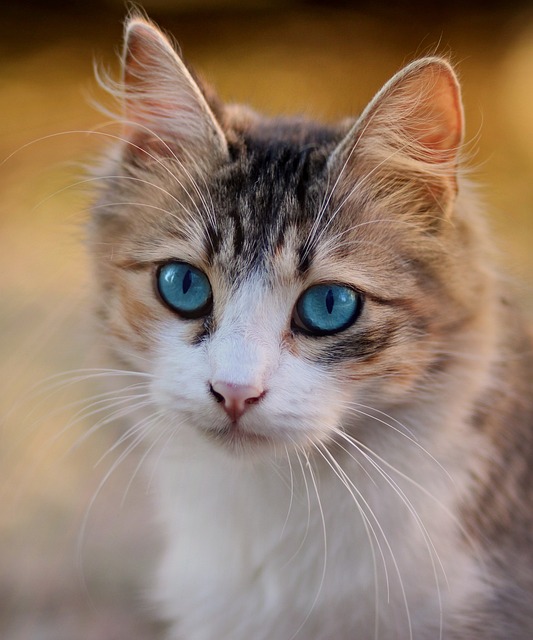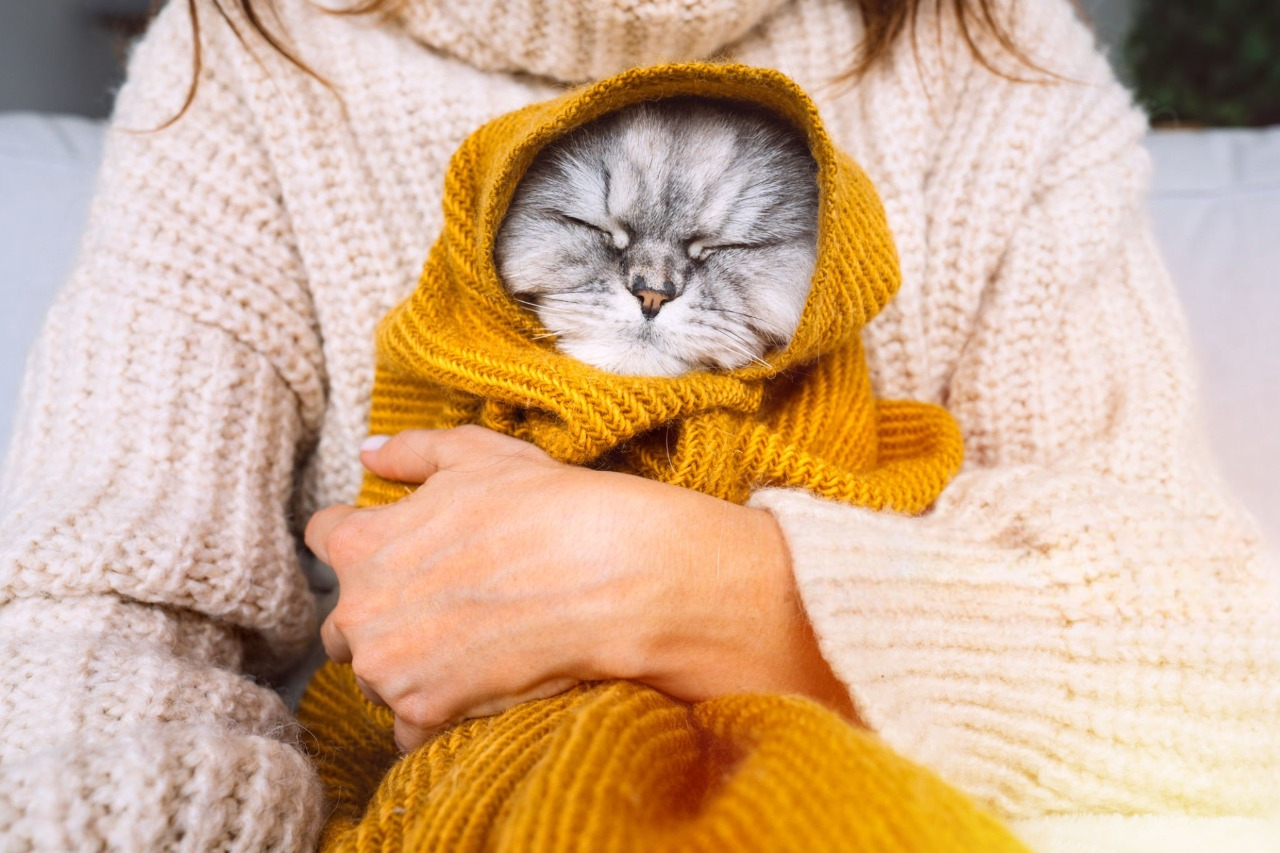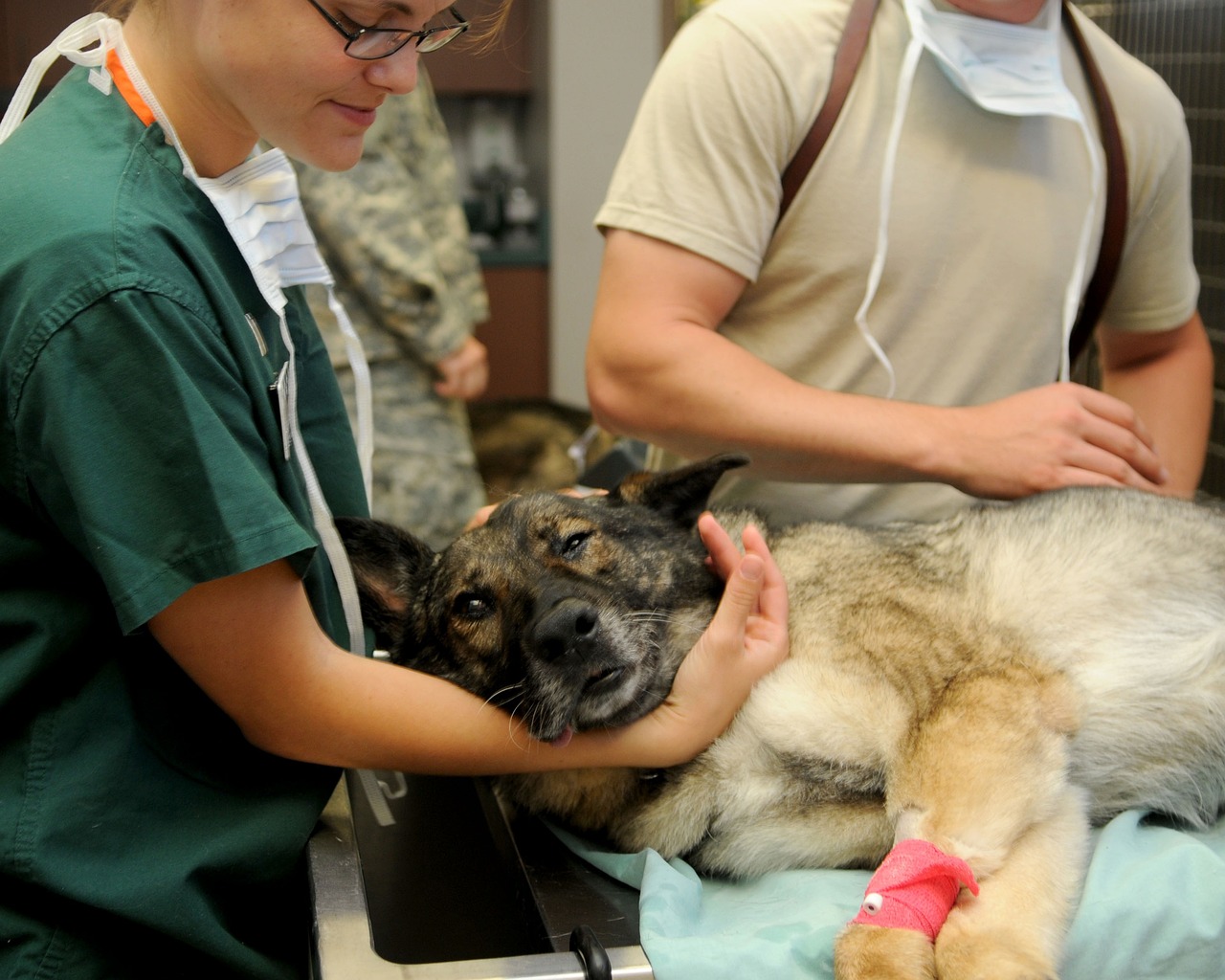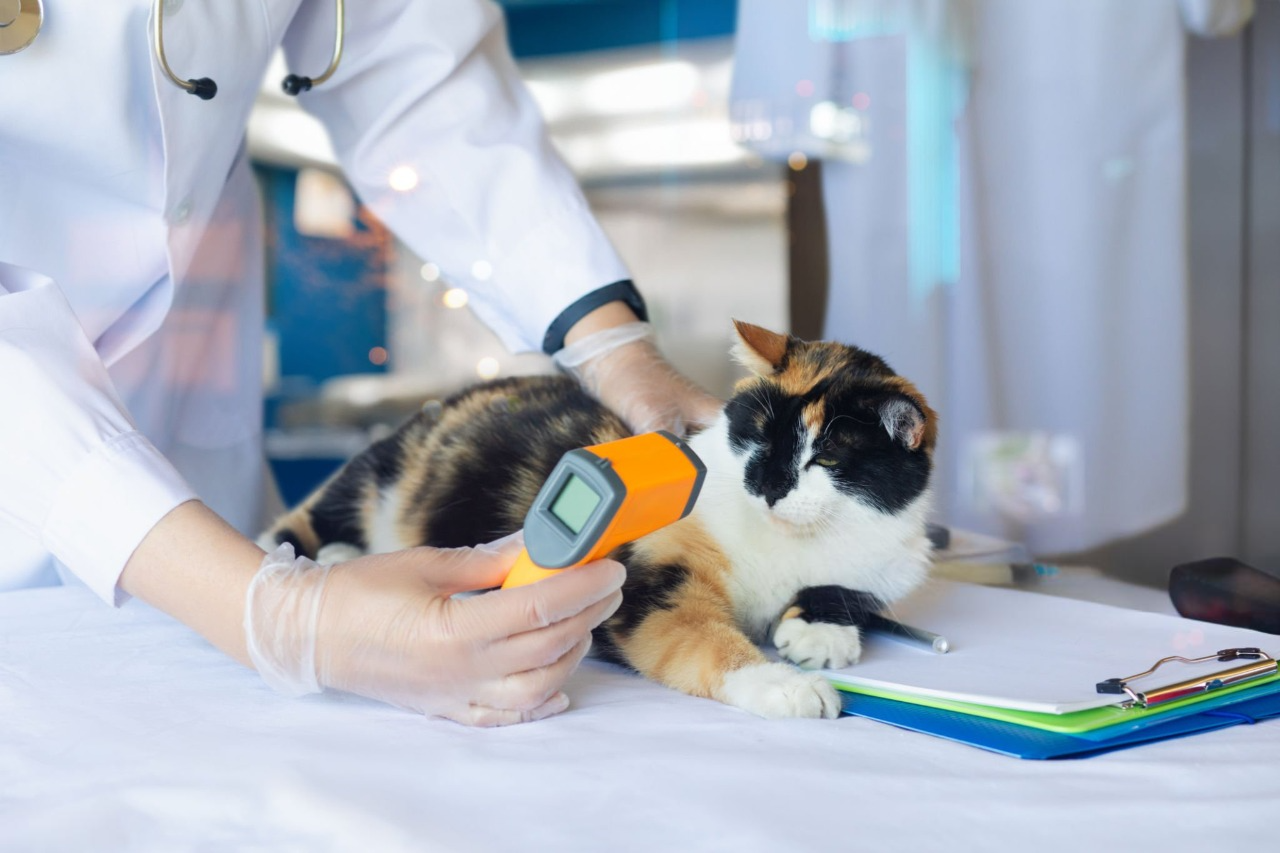How Cold is Too Cold for Cats? A Guide to Protecting Your cat in Winter
Many people assume that because cats are independent and covered in thick fur, they can handle cold weather. While it’s true that some feral and stray cats live outside, these cats face harsh conditions and a significantly shorter lifespan compared to indoor cats. If you have an indoor/outdoor cat, it’s crucial to understand how cold weather can impact their health and safety. So, how cold is too cold for cats?
What Temperature Is Too Cold for Cats?
There isn’t a one-size-fits-all answer to this question, as the safety threshold for cats depends on various factors like breed, health, age, and the weather conditions. However, a good rule of thumb is that if the temperature feels too cold for you, it’s likely too cold for your cat.
Cats can start experiencing health issues if the temperature falls below 45°F (7°C) for extended periods. In particularly cold conditions, such as rain, snow, or wind, hypothermia can develop even if the temperature is slightly above 45°F. If temperatures approach or drop below freezing (32°F / 0°C), cats are at risk for severe hypothermia and frostbite.

Factors That Affect a Cat’s Ability to Withstand the Cold
Age and Health:
Kittens and senior cats are at a higher risk in cold weather. Kittens have less body fat and may not be able to regulate their body temperature efficiently. Senior cats may suffer from age-related health issues that reduce their tolerance to the cold.
Coat Type:
A cat’s coat plays a significant role in how well it handles the cold. Long-haired and thick-coated cats, such as Maine Coons, are generally more resilient in cold temperatures. However, short-haired breeds or hairless cats like the Sphynx will need extra warmth, such as sweaters or blankets, to stay comfortable.
Outdoor Conditions:
Outdoor cats face higher risks from cold temperatures due to exposure to wind, humidity, and precipitation. Wind chill, for example, can make it feel much colder, increasing the chances of frostbite or hypothermia. Snow or ice on the ground can also be dangerous for outdoor cats, especially if they lack proper shelter.
Why Outdoor Cats Are at Greater Risk
Outdoor cats are more susceptible to cold-related issues like frostbite and hypothermia. While they may find places to hide, such as under decks or in sheds, these shelters might not provide enough insulation. It’s not uncommon for veterinarians to see outdoor cats with frostbite, especially on their ears, after a night of freezing temperatures.
Keeping your cat indoors is always the safest option. Indoor cats have a much longer lifespan—typically between 10 to 20 years—while outdoor cats often live only 2 to 5 years due to injuries, diseases, and harsh environmental conditions.
Signs That Your Cat Is Too Cold
Cats are known for hiding discomfort and illness, so it can be hard to tell if they are too cold. However, if your cat is exposed to cold temperatures for an extended period, watch for these signs:
- Shivering or trembling
- Lethargy or unusual tiredness
- Cold skin (especially ears, paws, and tail)
- Slow or labored breathing
- Dilated pupils
- Weakness or reluctance to move
- Hiding or seeking warmth
- Discoloration of extremities (signs of frostbite)
If you notice these signs, bring your cat indoors immediately, wrap them in a warm towel, and consult a veterinarian for further care.
How to Keep Your Cat Warm in Cold Weather
1. Keep Your Cat Indoors:
The best way to protect your cat from the cold is to keep them inside your home, where they can stay warm and safe. If you have a hairless breed, providing warm clothing, like sweaters, will also help.
2. Provide Adequate Shelter for Outdoor Cats:
For outdoor or feral cats, providing shelter is essential. This can be as simple as converting a doghouse or using plastic bins to create insulated shelters. Make sure the shelter is placed in a safe, dry area, away from predators, and add blankets or hay for warmth.
3. Offer High-Calorie Food:
Cold weather increases the number of calories cats burn to maintain body heat. Ensure that your outdoor cat has access to high-quality, high-calorie food. This will help them generate the energy needed to stay warm.
4. Check Shelter and Bedding:
Ensure that the cat’s shelter is well-insulated and dry. Add warm bedding, such as straw or fleece, that will help conserve heat. Avoid using towels or blankets, as they can become damp and freeze in the cold.
5. Monitor Health:
If you suspect your cat is unwell or showing signs of cold-related stress, seek veterinary attention right away. A vet will provide professional advice and care tailored to your cat’s health and needs.
Conclusion
Cold weather can be dangerous for cats, particularly for those who spend time outdoors. By understanding the risks and taking proper precautions, you can ensure your cat stays safe and warm during the winter months. Always prioritize keeping your cat indoors during extreme weather, and provide shelter, food, and warmth for those that need it. If you’re ever unsure about your cat’s health, don’t hesitate to consult your veterinarian. Your furry friend’s safety and well-being are worth the extra effort!

“A blog for pet lovers” is a dedicated space where animal enthusiasts can explore tips, stories, and expert advice on pet care, training, health, and more. Whether you’re a dog person, a cat lover, or someone who adores all animals, this blog offers a warm and engaging community for you to connect, learn, and celebrate the joy of having pets…






